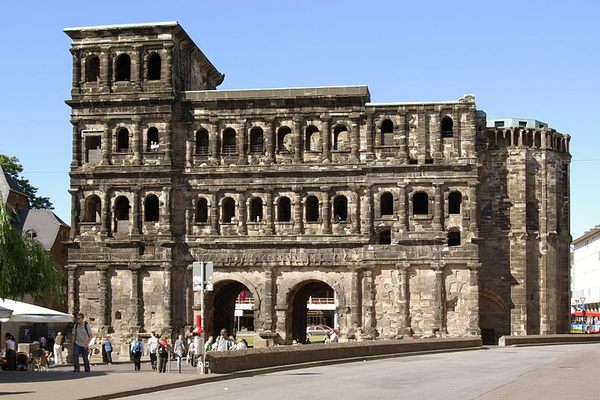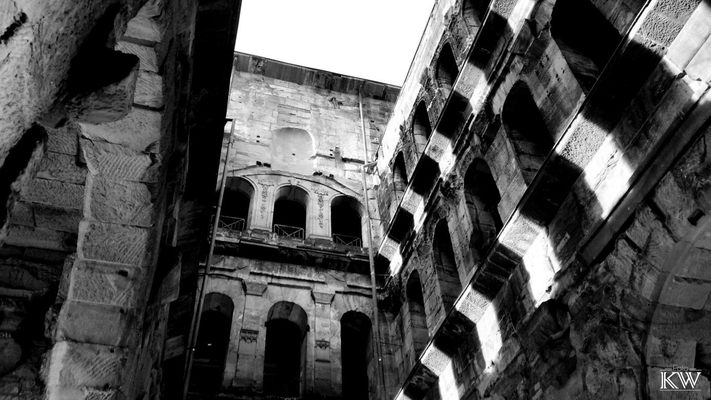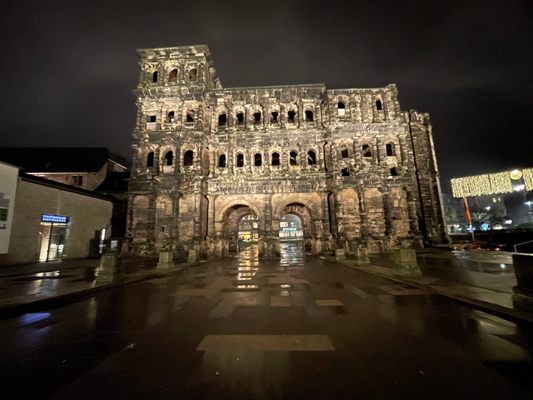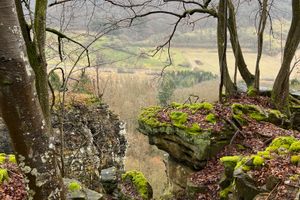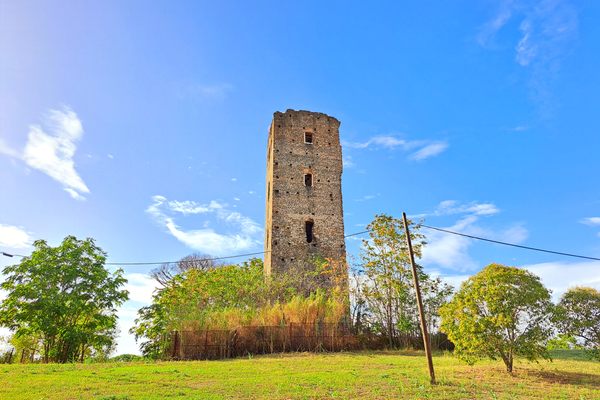About
Built in grey sandstone just before the year 200, Trier’s Porta Nigra represents the last bastion of the Roman Empire’s presence north of the Alps.
Originally the gate had been planned to include two towers, each reaching four-stories in height, with a courtyard dividing the gate openings found on either side. Some unknown factor intervened, causing the partial abandonment of this plan mid-construction, though the gate’s functionality was never inhibited.
During the Middle Ages, recycling of materials was common, and much of the gate’s metal fasteners were repurposed by resourceful commoners leaving holes throughout that remain visible today. According to local history, the stone body of the gate itself was only spared this treatment due to a hermetic Greek monk named Simeon who, sometime around 1028, had himself walled up in the gate’s eastern tower until his death. He was, of course, buried in the gate, beatified, and two churches were added to the gate in his honor.
The modern appearance of the gate has been remarkably unchanged since the days of Napoleon. The remains of Roman columns line the last bit of the street, leaving marks suggesting the spots where colonnades had formerly rested. The only major variance to the way Porta Nigra would have received visitors centuries ago compared to now is a slight deterioration of her eponymous black patina of medieval pollution… but no one's complaining about that.
Related Tags
Know Before You Go
This site is easy to find, because it is (in) the heart of Trier, Germany. You can "drive by" or go on a little expedition to roman times in Germany. It is also near the tourist information.
Community Contributors
Added By
Edited By
Published
July 14, 2015
